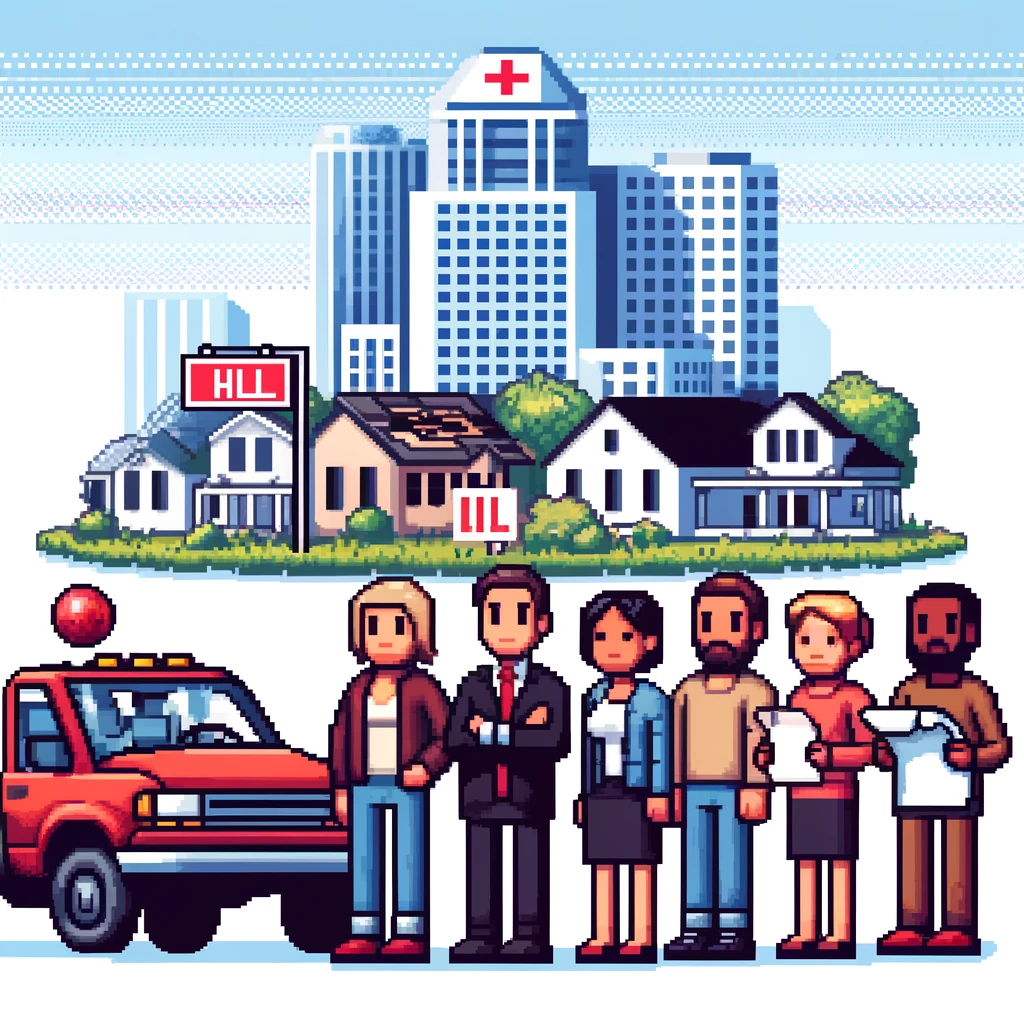
Breaking Barriers to Cancer Treatment
Cancer claims nearly 10 million lives globally each year, yet does not affect everyone equally. Socioeconomic factors play a significant role in determining who gets timely, effective treatment and who doesn’t. Despite advances in cancer treatment, people experiencing socioeconomic disadvantage face numerous barriers that make accessing cancer care challenging. This blog explores the findings of a comprehensive review of these barriers and discusses potential solutions.
Understanding the Disparities
People from lower socioeconomic backgrounds often have higher rates of cancer, are diagnosed at later stages, and suffer from preventable or treatable cancers. Socioeconomic disadvantage encompasses a range of issues, including poverty, unstable housing, and lack of health insurance, which collectively hinder access to cancer treatment.
Key Barriers to Cancer Treatment
Inadequate Insurance and Financial Constraints
One of the most significant barriers to cancer treatment is the lack of adequate health insurance. In countries like the United States, where healthcare is a mix of public and private systems, those without sufficient insurance often face insurmountable medical bills. This financial strain can lead to delays in treatment, incomplete courses of therapy, or forgoing treatment altogether.
Unstable Housing
Safe and stable housing is crucial for managing cancer treatment. People experiencing homelessness or unstable housing face numerous challenges, such as difficulty storing medication, risk of theft, and unsafe living conditions that make treatment adherence difficult. These issues can delay or prevent necessary cancer treatments.
Geographical Distribution of Services and Transportation Challenges
Cancer treatment facilities are often located in urban centers, making it difficult for people living in rural or remote areas to access care. The cost and logistics of traveling long distances for treatment can lead to missed appointments and delayed care, particularly for treatments requiring frequent visits, such as radiation therapy.
Communication Challenges
Effective communication between healthcare providers and patients is essential for successful cancer treatment. However, patients with low health literacy or language barriers often struggle to understand complex medical information. This can lead to misunderstandings about treatment plans, resulting in missed appointments and non-adherence to treatment protocols.
Systemic Issues in Cancer Care
Limited Resources for Social Care Needs
Cancer treatment often requires more than just medical care. Patients need support with nutrition, mental health, transportation, and other social services. However, resources for these services are often limited, particularly for those with low socioeconomic status. This lack of support can lead to higher rates of non-adherence to treatment.
System Disintegration
The fragmentation of cancer care services creates additional challenges. Patients may have to navigate multiple providers and treatment locations, which is particularly difficult for those with lower health literacy or other socioeconomic barriers. This disintegration can lead to missed appointments and gaps in care.
Implicit Bias
Implicit bias among healthcare providers can affect the quality of care patients receive. For instance, patients experiencing homelessness or those with mental health issues might be unfairly labeled as “noncompliant” if they miss appointments due to their challenging circumstances. Addressing these biases is crucial for ensuring equitable care.
Addressing the Barriers
Policy and Practice Innovations
To improve access to cancer treatment for socioeconomically disadvantaged populations, policies must address the broader social determinants of health. This includes ensuring stable housing, affordable healthcare, and comprehensive social services. Health systems need to adopt patient-centered approaches that consider the unique needs of disadvantaged patients.
Enhancing Communication and Support
Improving patient-provider communication is critical. Healthcare providers should use clear, accessible language and ensure that patients understand their treatment plans. Providing language-specific materials and employing patient navigators can help bridge communication gaps and support patients throughout their treatment journey.
Integrating Social Care into Health Services
Healthcare systems should integrate social care services with medical care. This means providing support for transportation, housing, and other social needs directly within cancer treatment programs. By addressing these holistic needs, healthcare providers can improve treatment adherence and outcomes.
What are your thoughts?
- What are some specific ways healthcare providers can improve communication with patients who have low health literacy?
- How can policymakers ensure that social determinants of health are addressed in cancer treatment programs?
Conclusion
The review highlights the multifaceted barriers to cancer treatment faced by socioeconomically disadvantaged populations. Addressing these barriers requires a comprehensive approach that includes policy changes, improved communication, and integrated social care services. By focusing on these areas, we can work towards equitable access to cancer treatment for all.
Boost Your Public Health Knowledge – Subscribe and Make a Difference!
Unlock important knowledge with “This Week in Public Health.” Each issue has insights on key research, community health successes, and tips for advocacy. Don’t just learn about change – drive it. Subscribe for free and start making an impact with every issue!
About the Author
Jon Scaccia, with a Ph.D. in clinical-community psychology and a research fellowship at the US Department of Health and Human Services with expertise in public health systems and quality programs. He specializes in implementing innovative, data-informed strategies to enhance community health and development. Jon helped develop the R=MC² readiness model, which aids organizations in effectively navigating change.



